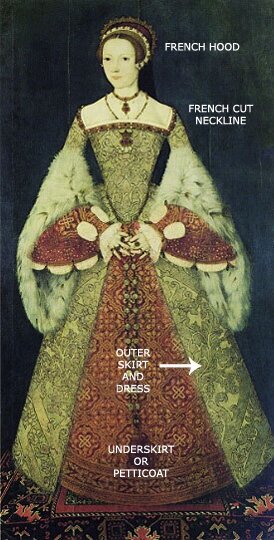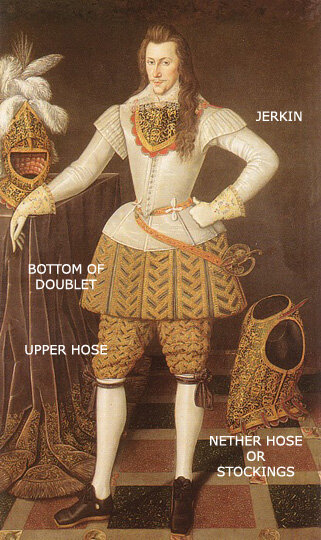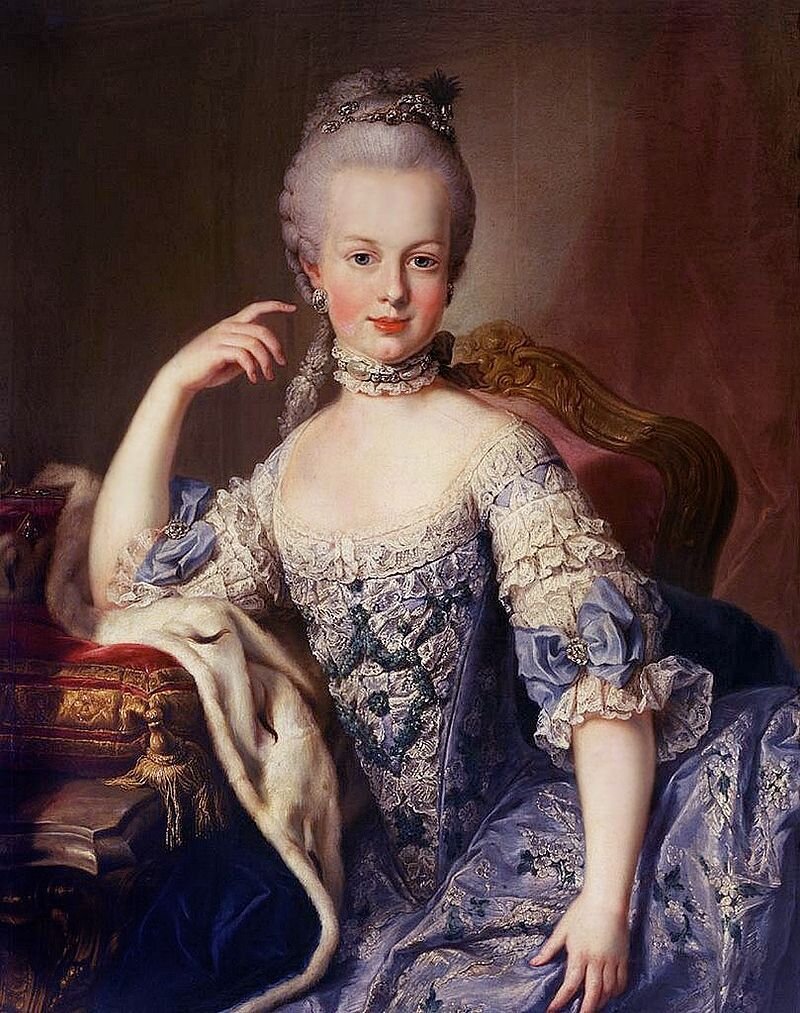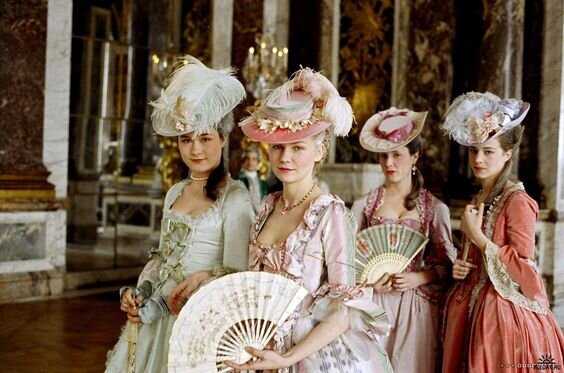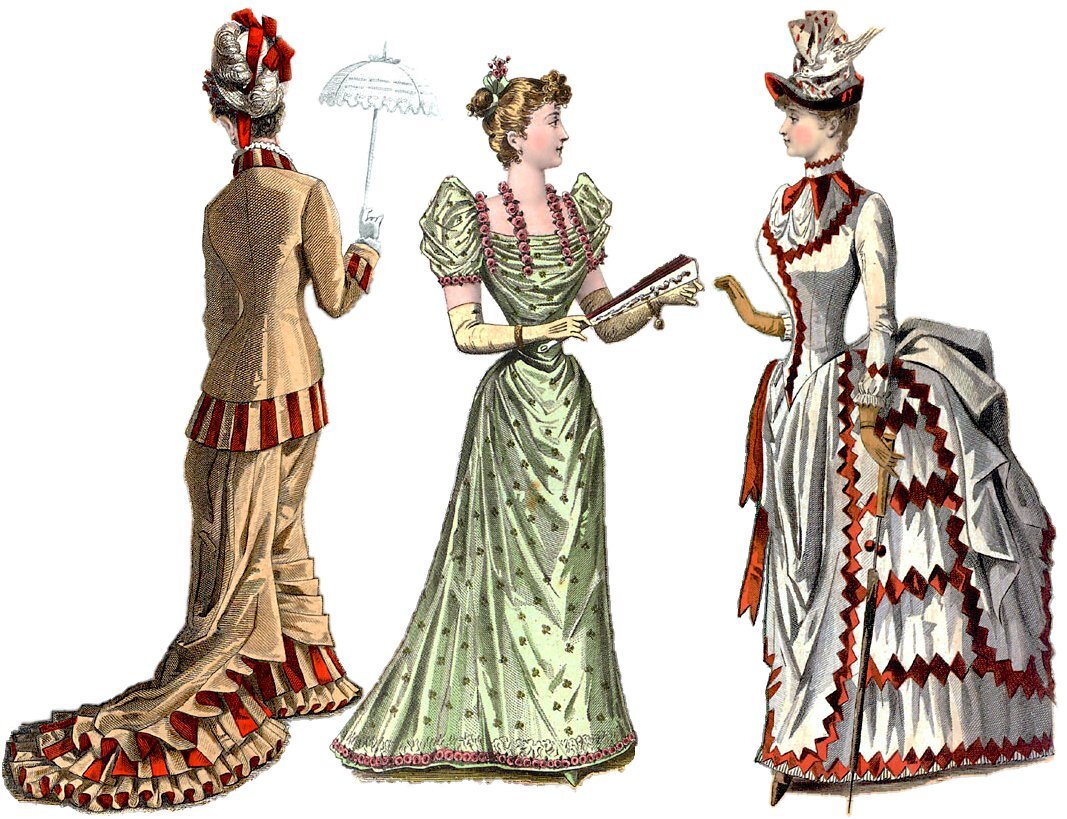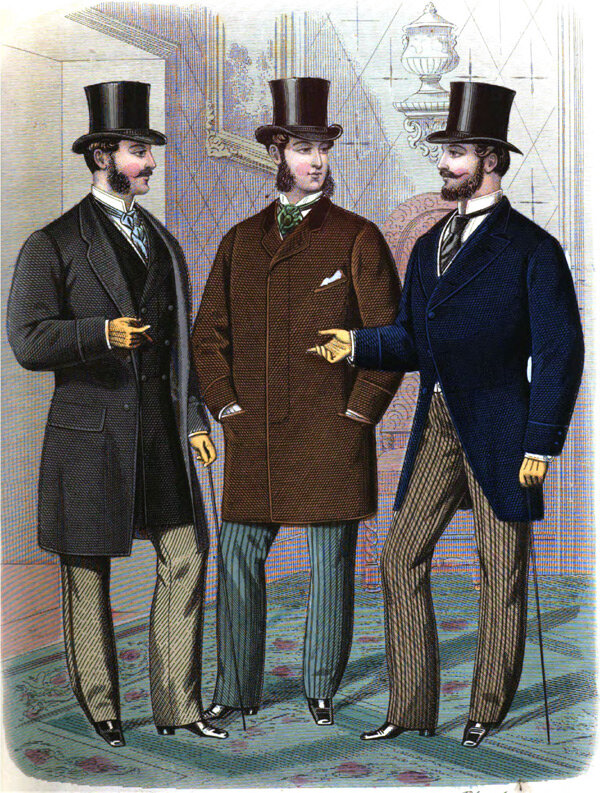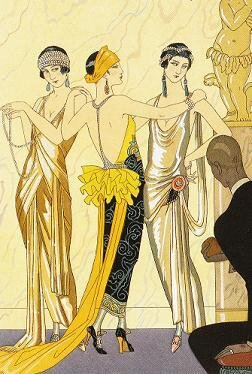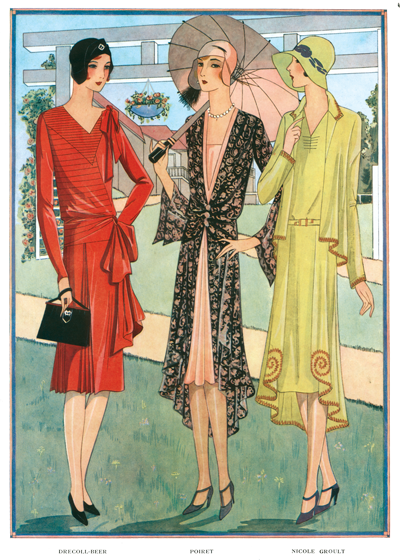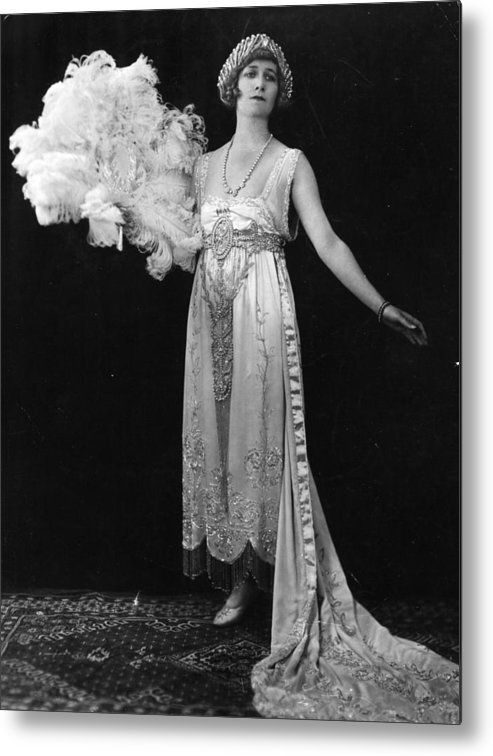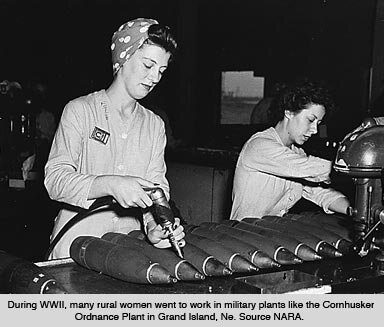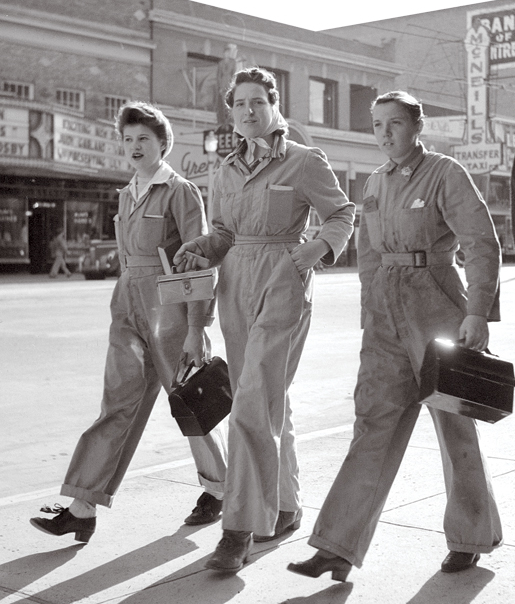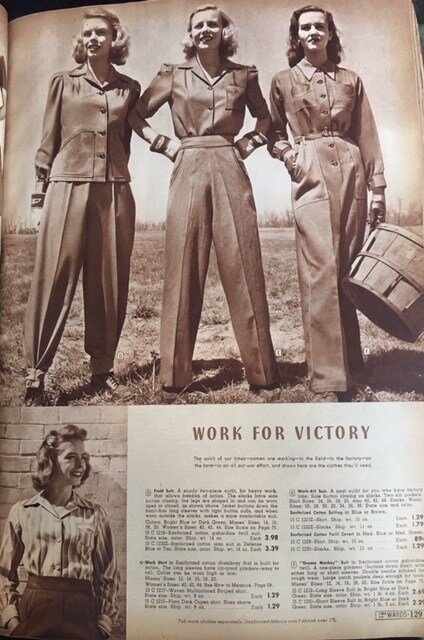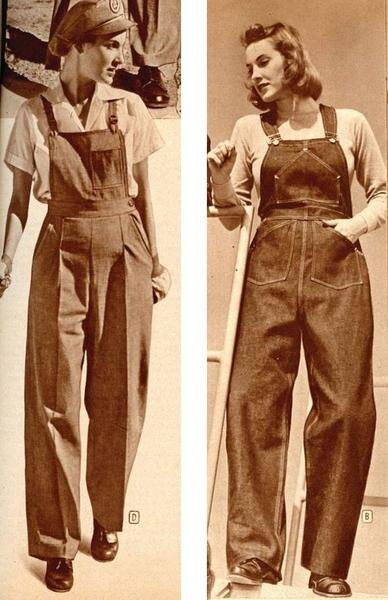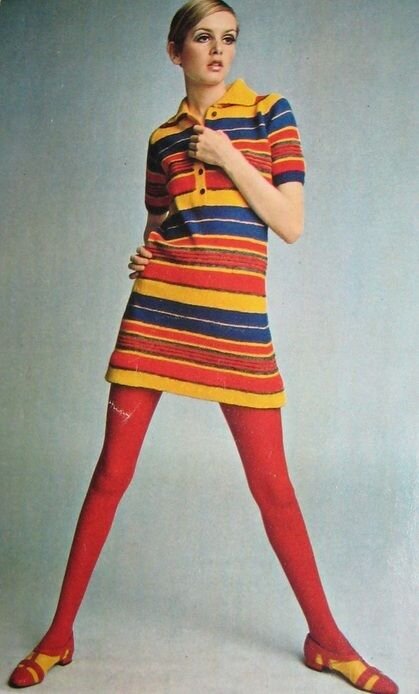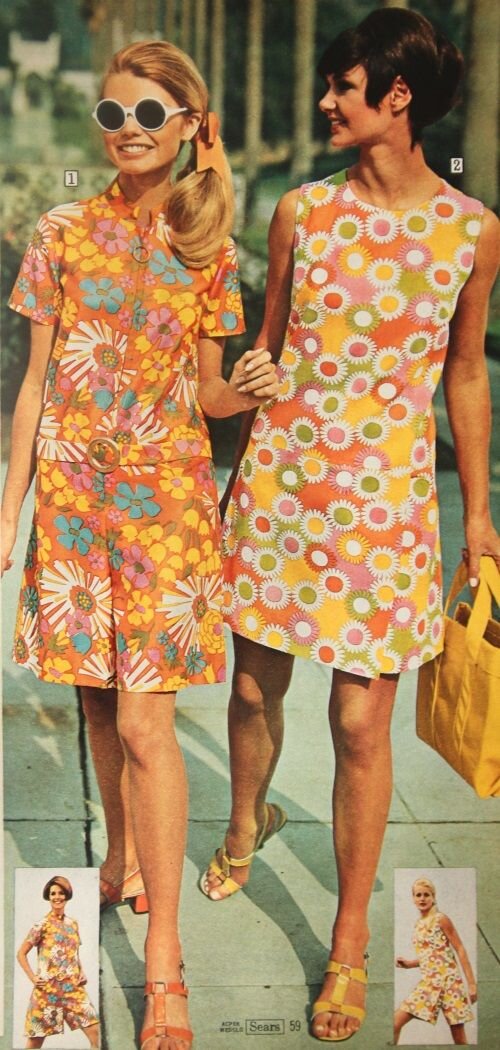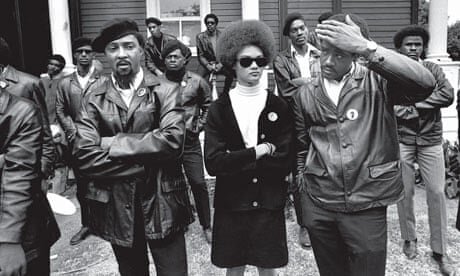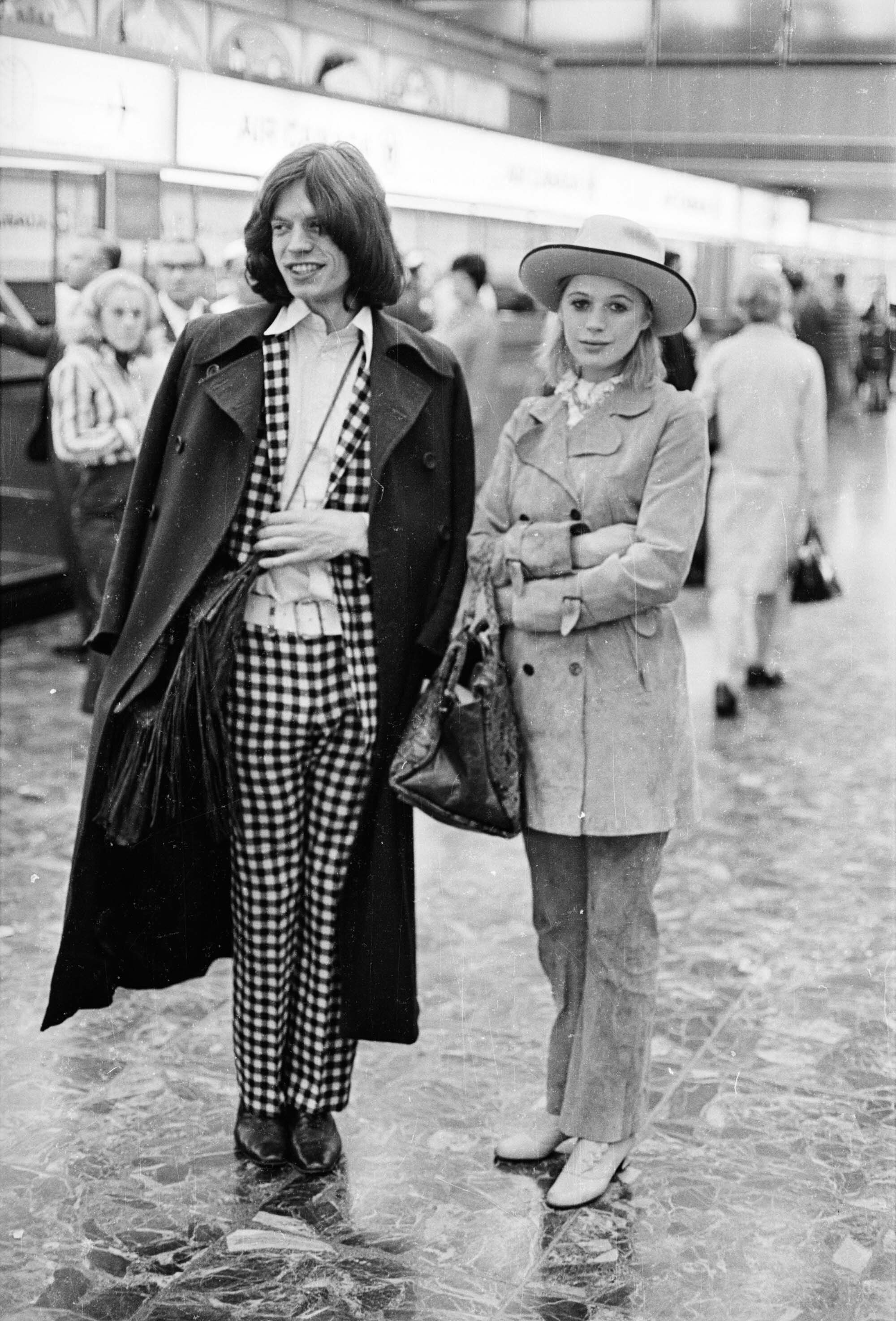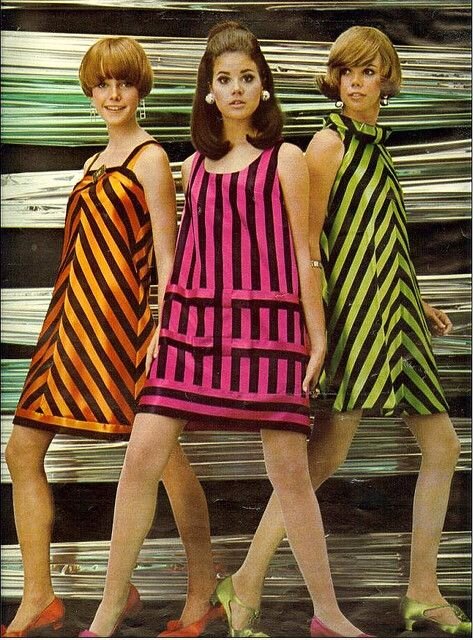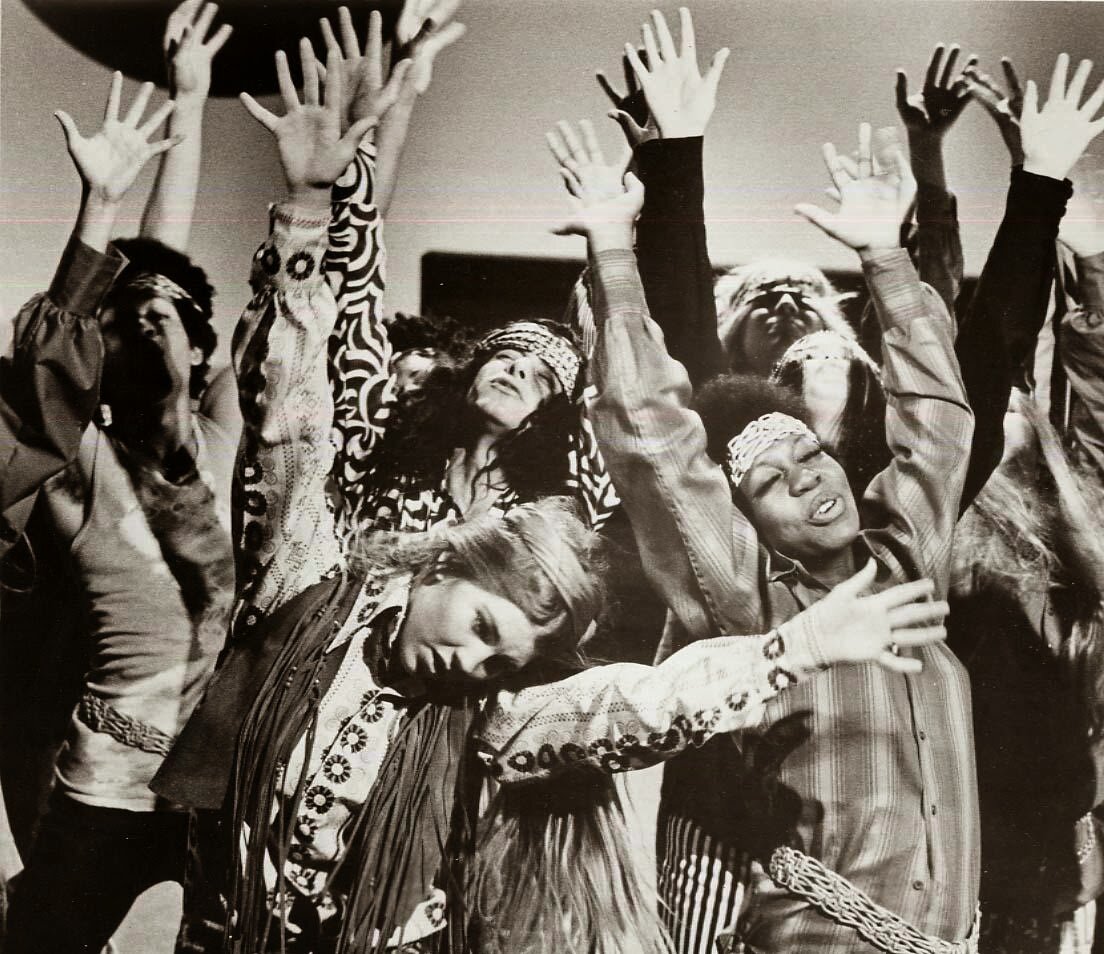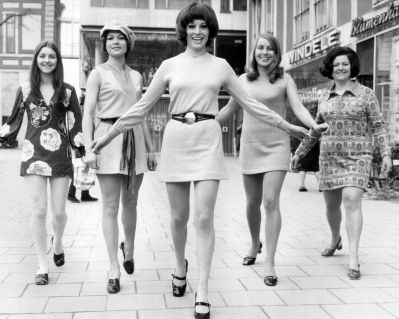Six Best Fashion Periods Throughout History
1. the renaissance ERA
The Renaissance era took place between the 14th and 17th centuries. It was known as a “rebirth” following the Middle Ages. The Renaissance was truly the time for art, literature, and philosophy to shine. History stated, “Some of the greatest thinkers, authors, statesmen, scientists, and artists in human history thrived during this era.”
When it came to fashion during the Renaissance period, there were laws that regulated who wore what. Clothing depended on the class system; certain styles and materials could only be afforded by the wealthy, and the lower class wore fabrics like linen derived from the flax plant, wool, or sheepskin. The fabrics worn by the upper class included “silk, velvet, and brocade.” The basic styles from this era for women were gowns with tight bodices, and full skirts down to the ankles. I’m already getting sweaty thinking about wearing these gowns all day. These gowns restricted movement for the wealthy women, but lower class women wore looser corsets since they were servants and needed freedom for movement.
It could take a lengthy amount of time to dress for the day for an upper class woman. They would start by putting on a shift which is “a loose linen smock worn to protect the gown,” then stockings, and finally a petticoat to fill in the gown and keep you warm. Nowadays, we typically know men to be quick when dressing, but in the Renaissance era, they took just as long of a time to get dressed. There are layers to this—and it starts with upper class men putting on a shirt with no collar or cuffs, a doublet, which is a long-sleeve garment, then lastly, a jerkin, which is a sleeveless jacket. Men needed to keep their modesty too, so they wore stockings along with knee-length trousers.
2. 18th Century Fashion
Now, let’s go back to the Marie Antoinette days—but the Sofia Coppola version. During this time, it was all about the extravagance, the ridiculousness, the bourgeoisie, and let us not forget—the white wigs. This style was called Rococo: florid or excessively elaborate. During this time, influence for art, culture, and fashion shifted from Versailles to Paris. Fashion designers became more popular as everyone wanted to get their hands on the latest styles.
Women's style included waists held extremely tight from corsets, plunging necklines, and showing their décolletage. The Pagoda sleeves, which started from the shoulder to the elbow and ended with a flare (as you might recognize from pictures), and a new silhouette for women came along. Wide hoops worn under skirts that extended sideways. These were called panniers, and they were worn for formal occasions as they would accentuate tiny waists. The people who wore these clothes wanted it to be known that they were aristocrats. The lower class despised how the wealthy would show off their wealth; this led to the end of the Rococo era due to the French Revolution.
3. The Victorian Era
The start of the Victorian era began with Queen Victoria’s reign from 1837 to 1901. This era still showed an immense amount of class and wealth when it came to fashion. The fashion for women in the Victorian era started with large dresses, but by 1883, the silhouette changed with a bustle dress. The waistline started to deepen to its natural position—and yes, if you’re wondering, the lovely corset was still worn during this era. When it comes to accessories, bonnets and hats were very popular and were worn inside and outside. By 1880, a group of high society women started to embrace simpler styles called the ‘artistic’ dress. The artistic dress was less restrictive and did not require a corset to be worn with it.
For men’s fashion, men started wearing longer trousers than their short knee-high trousers. Men wore these trousers for day and evening dress. The famous top hat was developed during this time—as an image of Abraham Lincoln wearing his top hat pops into our heads. Men kept it simple during this time, wearing a long coat, a waistcoat (which can be confused with a vest), straight trousers, and a high collared shirt. Also, in the 19th century, moustaches and beards had their hot moment as well.
4. The 1920s: Art Deco Era
This is an era that I am all for! Fashion did a full 180 in the 1920s with the development of flapper girls, dresses with shorter hems, drastically shorter hair, and the influence of Art Deco style. This is when exoticism emerged, and art styles like cubism and futurism influenced fashion. The liberalism of women in the 1920s was part of the evolution of the Art Deco style. This was a time for experimentation and new designs.
During this era, we see designers like Jean Patou, Madeleine Vionnet, and Gabrielle Chanel emerge to create modern styles for women. Paul Poiret was a huge influence during the Art Deco era. As stated in Art Deco Fashion, “The first fashion designer to embrace the ethos of Art Deco was Paul Poiret.” Poiret’s inspiration was a melting pot of Western historical styles, folk traditions, avant-garde art, and ancient cultures.
Overall, Art Deco style was about geometric shapes, biased cut dresses, dramatic accessories, pops of color, and of course, a ton of gold and silver. Daywear in the 1920s consisted of flat and straight dresses, which gave designers more space for artistic designs like embroideries, appliques, and geometric prints. Patterned prints became the go-to for the avant-garde style. It was all about nightlife in the 1920s, so in the evening, the extravagance came out. Women wore dresses that reflected the Charleston and jazz dancing; they wore short gowns made with silks and velvet, and embroidered with sequins, pearls, and metallic threads. There was also a touch of “feathers, boas, and layers of fringes to accentuate movement”.
It was all so dreamy. Artists, poets, writers, and designers influenced a new way of life in the 1920s, and fashion reflected this evolution.
5. The 1940s: Women Wear The Pants Now
In the early 20th century, there was a fight and a struggle for women to gain the right to wear pants. The idea of women wearing pants was frowned upon; women needed to stick with the traditional full dresses and long skirts. It wasn’t until 1909 when French designer Paul Poiret created the “harem pant”; the harem pant was seen as more feminine and modern. As expected, the pants were not favored and the trend ended up being a fad.
Finally by World War II, it was time for women to wear pants. Millions of American soldiers went to war in Europe, so women were hired for empty job positions to keep factories running. Women stepped up to the plate—while wearing pants at the same time. It was not practical nor comfortable for women to wear dresses in these factories, so women wearing pants became more normalized in the 1940s. By women wearing pants in the ‘40s, it showed support for using less fabric during war times. This freedom led to them becoming more comfortable in clothing and crossing gender lines. This also led to more rebellion during the ‘60s and ‘70s fighting for pants to become a part of women’s fashion. The pants revolution also created what we know as “pantsuit nation,” as Hillary Clinton’s supporters like to call themselves.
6. The 1960s: Movements and Groovy Times
The world was changing in the ‘60s, and so was fashion. It was a time where radical social movements were emerging. The three movements that specifically influenced fashion were The Youth Movement, The Civil Rights Movement, and The Women’s Liberation Movement. The ‘60s were about rebellion, protests, equality, and peace. The ‘60s was also a decade where hippie chic style developed—and it still lives on today. Hippie culture aligned with The Youth Movement; the youth during this time rebelled against what was happening in society, and wanted to break free from the restrictions of the past.
During this time, American fashion was heavily influenced with up and coming fashion trends in London—thus came the miniskirt. The miniskirt was invented by Mary Quant, a British designer who was “inspired by the younger people around her,” according to College Fashion. The miniskirt is an iconic garment that we still see in closets today, but it was much more than that; it was about the establishment of youth culture, feminism, and The Women’s Liberation Movement fighting for independence. The Civil Rights Movement also influenced fashion when it came to black culture. Black Americans started to embrace “that their own natural physical appearance is beautiful,” said Kathleen Cleaver. The Black Panther Party led this new awareness by wearing afros, which was a powerful symbol for black power.
Fashion changed for men as well as they started to wear more casual clothing. Men had more ability to wear clothing that showcased their personality and style. Men’s clothing incorporated more patterns and colorful palettes to their wardrobe. Mick Jagger, Jimi Hendrix, and The Beatles were a big influence for men to become more fashionable and futuristic with their style. All in all, the 1960s brought on many revolutions and new social norms to the world. Futurism, mod, hippie chic, and the black power movement changed the way we see fashion altogether.

